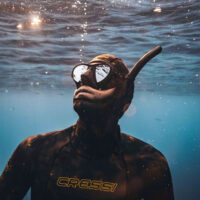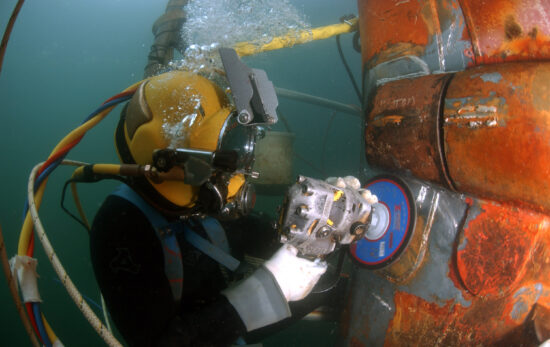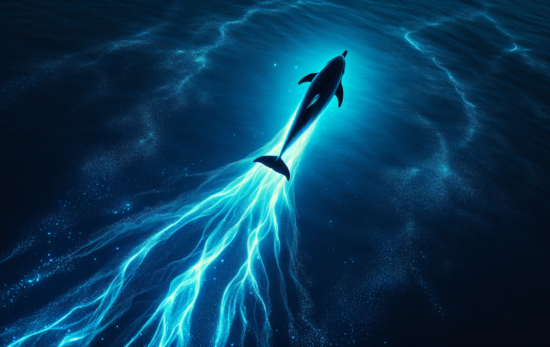Freediving in the USA has officially exploded. Any doubt about its surging popularity diminished with the release of Beyonce’s music video, Runnin. Featuring Guillaume Nery & Alice Modolo this video pushed Freediving into the spotlight. With over 3,500 miles of coastline, encompassing every type of diving you could ever hope for the USA is truly a freediver’s dream.
The first thing you need to know is that, unfortunately, the feature that gives the USA such diverse diving is its greatest drawback. The sheer size of the USA is astounding. Compared to Thailand, another freediving mecca, the USA is 20 times the size. Because of this, it pays to know before you go. Do you have an idea of what kind of freediving you are looking for? We’ve broken the USA down into several zones so you can compare and contrast the best one for you.
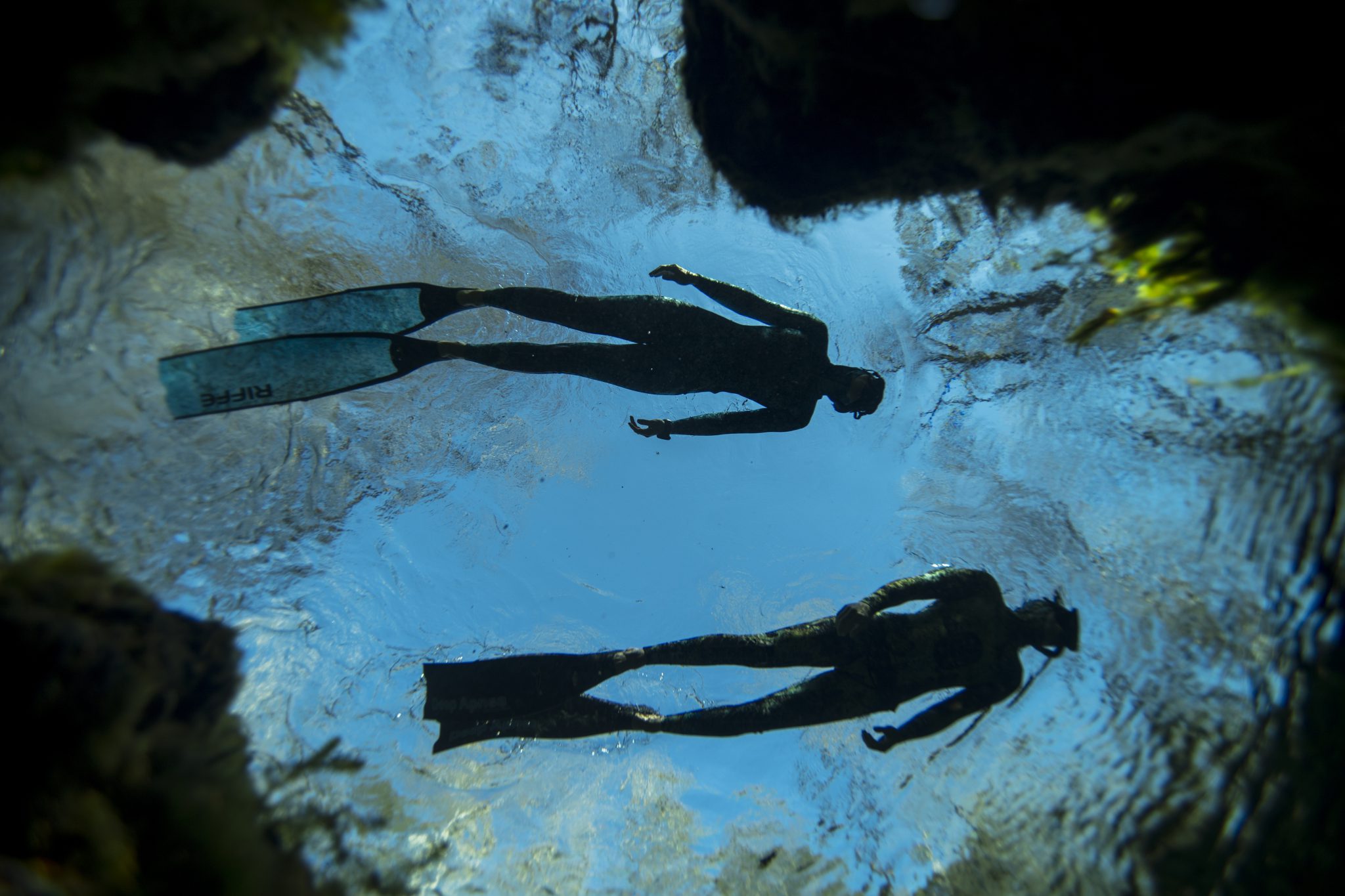
The West Coast of the USA
From the beaches of southern California to the forested shores of Washington, the West Coast of the USA offers freedivers depth and diversity. Whether you are looking to shoot some breathtaking photography in the kelp forests or dive with unique marine life, the West Coast is packed with opportunity. Here freedivers need to be aware of water temperatures and currents. Not to worry, there are many PADI Freediver Centers and guides to point you in the right direction. Here are some of the most popular freediving areas on the West Coast of the USA.
California
The endless sand beaches and laid-back surf culture are often in direct juxtaposition to the hustle and bustle of big city life in California. But once you dip your head under the surface, the worries of the terrestrial world melt away. June, July, and August are the warmest months and provide the best freediving conditions. Some of the best diving here is in the Channel Islands National Park, just off the coast. The kelp forest provides a sanctuary for all manner of life and makes for beautiful lighting. If you’re lucky you might even get an interaction with the curious local sea lions.
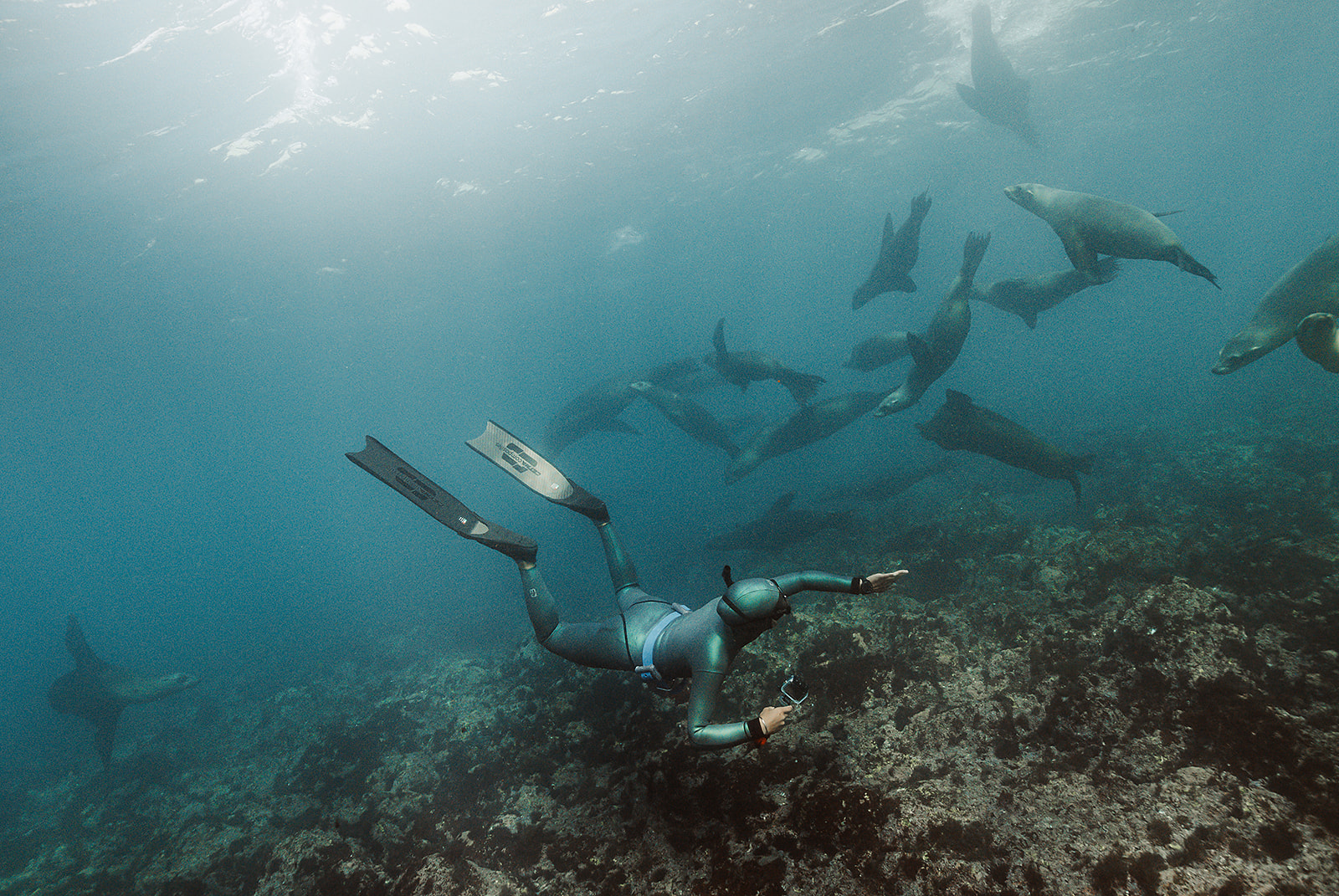
Oregon and Washington
As we move up the coast ,the temperatures start to drop. Time to pull out those 5 and 7mm wetsuits. In the cold months of December and January, ocean temperatures can range from 45 to 53 degrees Fahrenheit (7 to 12 degrees Celsius). The warmer months of June and July see the ocean temps rise to about 64 degrees Fahrenheit (18 degrees Celsius). The water might be colder but the dives can still be amazing. With seals, sea lions, elephant seals, lingcod, sharks, nudibranchs and more, the kelp forests here are alive with activity.
Hawaii
These Polynesian islands are what freedivers dream of. There are few places where you can walk in from the beach and see big pelagics, like hammerheads, mantas, and tiger sharks. Hawaii has the perfect mix of lava tube cave dives, warm, clear line-diving, and coral reefs. There is a thriving and welcoming freediver community and dozens of shops around each of the islands to help get you started.
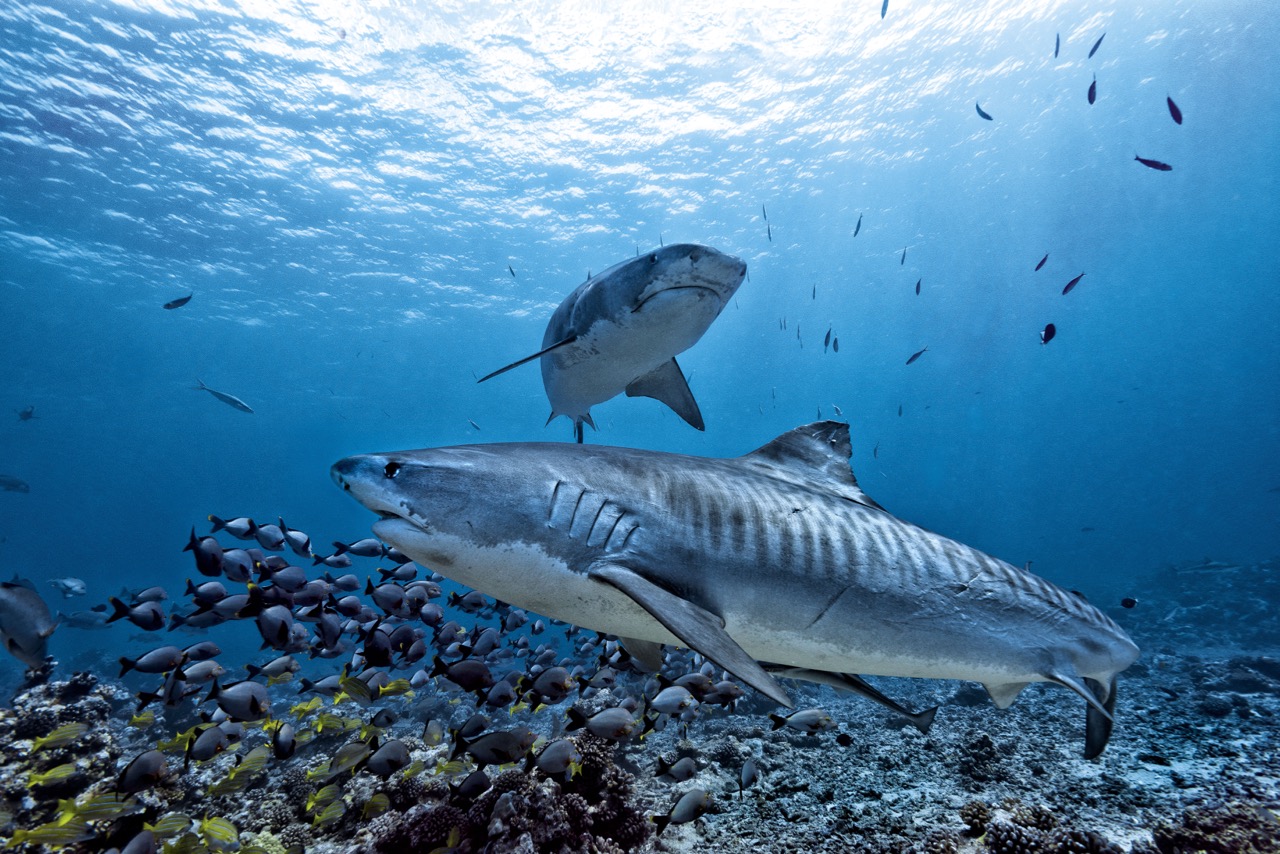
The East Coast of the USA
Not surprisingly the southern states on this side of the country shine bright when it comes to ocean activities thanks to warm waters, a diversity of marine life and coral reefs. But both north and south offer astounding opportunities for freedivers.
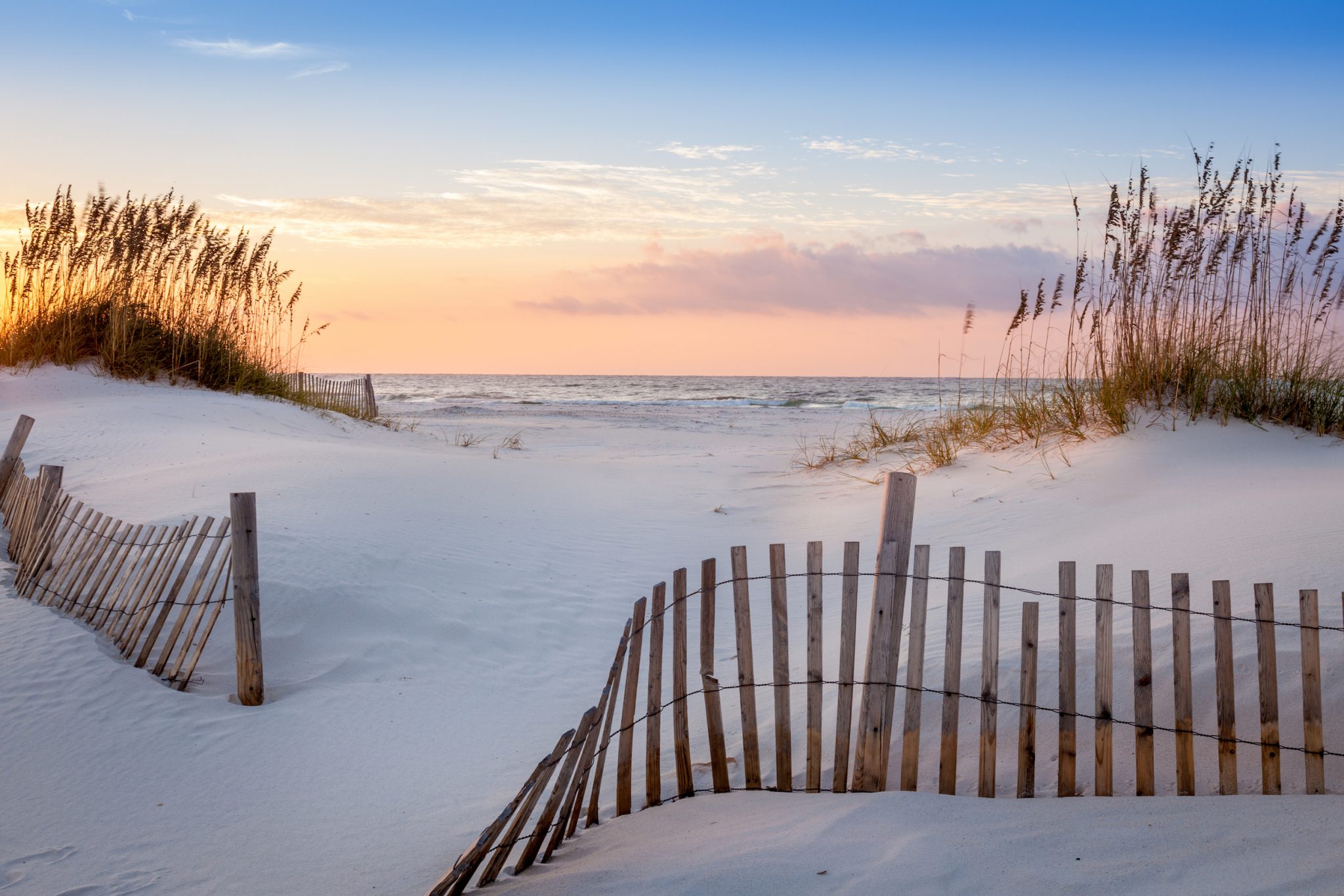
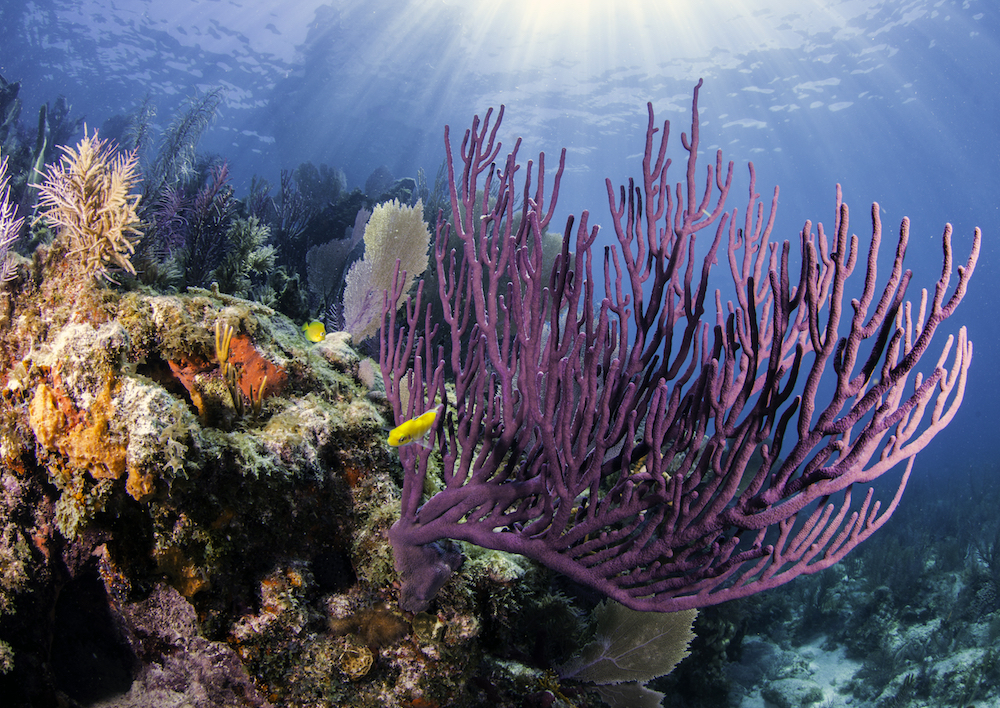
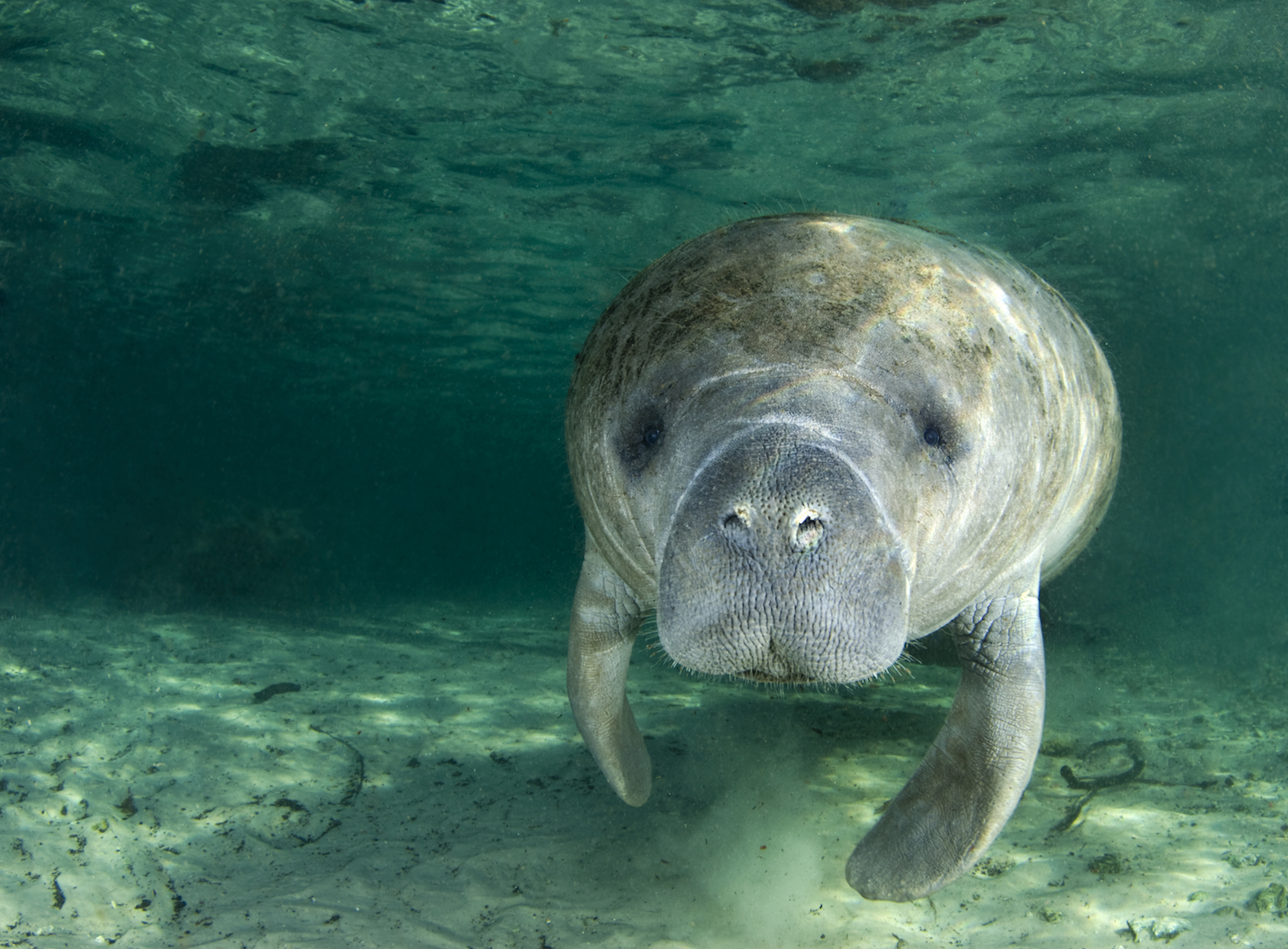
Florida
Nicknamed like the Sunshine State, Florida promises not to disappoint. With white sand beaches, reefs, caves, and inland springs, Florida offers a wealth of possibilities. The popularity of water sports here means that newcomers to the sport have plenty of dive shops, guides, and instructors to choose from, and they can take advantage of gear rentals and expert local knowledge.
Georgia and the Carolinas
Working your way up the coast, you will not only find an amazing freediving community but some incredible wrecks as well. Most wreck dives here are +/- 100 ft (30m), making exploration on a single breath difficult. But the The USS Indra lays at a depth of only 60 feet (18m), making it a great dive for intermediate freedivers. At 338 feet (103m), long the Indra sits on the sea floor mostly intact. Another attainable wreck is the Charleston Tug. Sitting in just 62 feet (19m) of water off of Myrtle Beach, this 130-foot (40m) tug sits upright with the top of the ship at 30 feet (10m). Wrecks like these attract a wide assortment of life, including mackeral, barracuda, black seabass, and groupers.
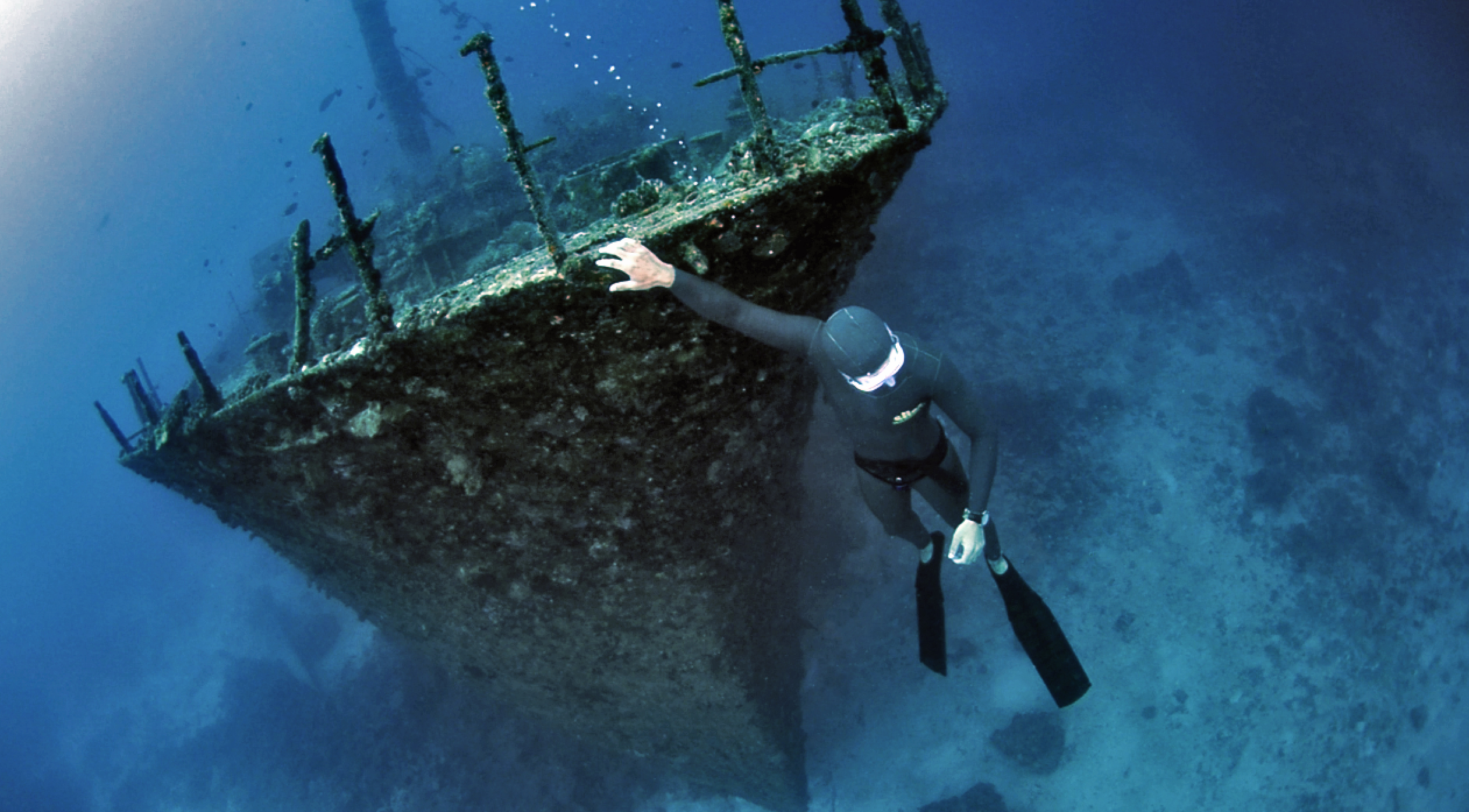
This is just a glimpse into what the USA offers in terms of possible dive sites. The number one rule of freediving is to never dive alone, and with the enhanced connectivity of social media platforms, like Facebook, you never have to. There are Freediver Facebook groups for nearly every major dive area, giving newcomers to the area, travelers, or people just starting out the opportunity to meet other dive enthusiasts and ocean lovers.
Click the button below to find a PADI Freediver Center in your destination of choice.
